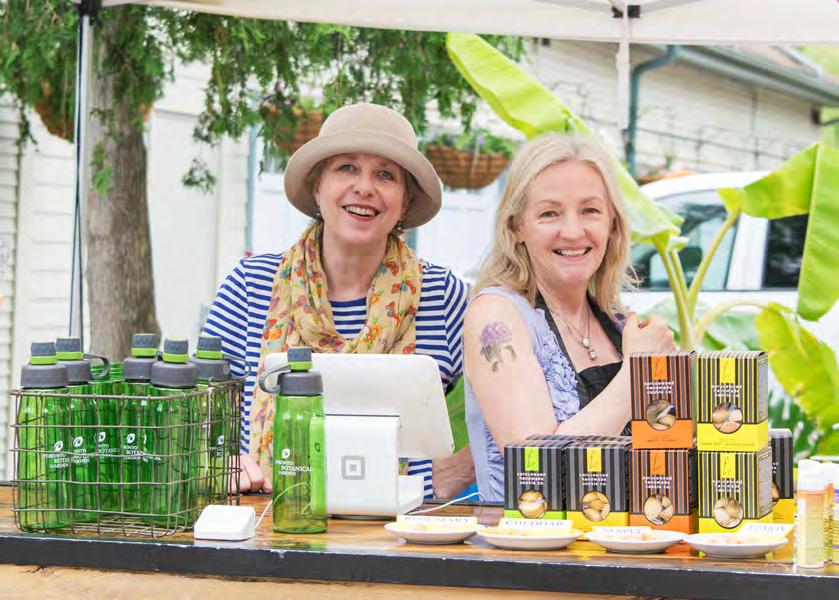BOOK SHELF
T Author Luke Keogh
The Wardian Case
A simple box that changed the world Reviewed by Sonia Day
“FERNS WOULD LAST FOR YEARS—WITHOUT WATER OR NUTRIENTS—IN CLOSED BOXES WHICH HAD GLASS SIDES.”
HE WARDIAN CASE. Is it a recently-discovered Sherlock Holmes mystery that no one knew about? Or perhaps a rare instance of a patient surviving some ghastly fatal disease? Neither. In fact, The Wardian Case was nothing more than a simple wooden box. Yet it’s no exaggeration to say that this box literally changed the world we live in. Now an Aussie environmental historian named Luke Keogh has chronicled its remarkable history in an entertaining new book. If you’re a sucker for tales about early plant explorers (as I am) this is an eye-opening read. It made me realize the debt we gardeners owe to Nathaniel Bagshaw Ward, a medical doctor and amateur botanist who devised the box (a forerunner to the modern terrarium) to help plants survive in the dirty air of Victorian London. Ward found that ferns would last for years–without water or nutrients–if planted in closed boxes which had glass sides. His ‘Wardian Case’ wound up catching on in a big way, moving thousands of plants between continents, usually on decks of ships. Tea, which originated in China, went to India where it became a huge crop. A similar thing happened with bananas sent to Samoa and the Caribbean. Dozens of beautiful garden plants that we now take for granted–like roses, rhododendrons, magnolias, wisteria, countless ferns and more–travelled
TORONTOBOTANICALGARDEN.CA
34
SPRING 2021
PHOTOS: UNIVERSITY OF CHICAGO PRESS; OPPOSITE, COURTESY OF NIKI JABBOUR
Book reviews on all aspects of gardening from a Victorian invention to growing outside in winter to understanding the lingo









